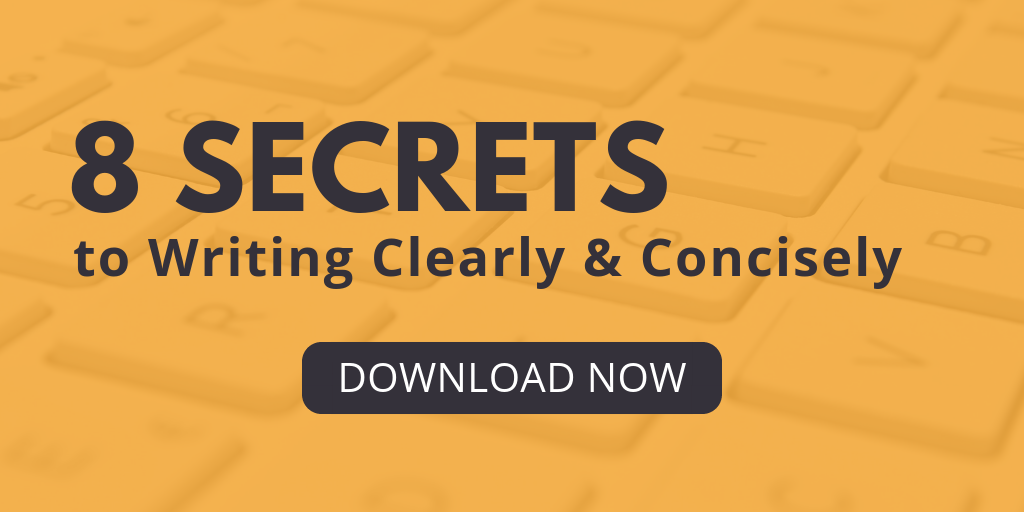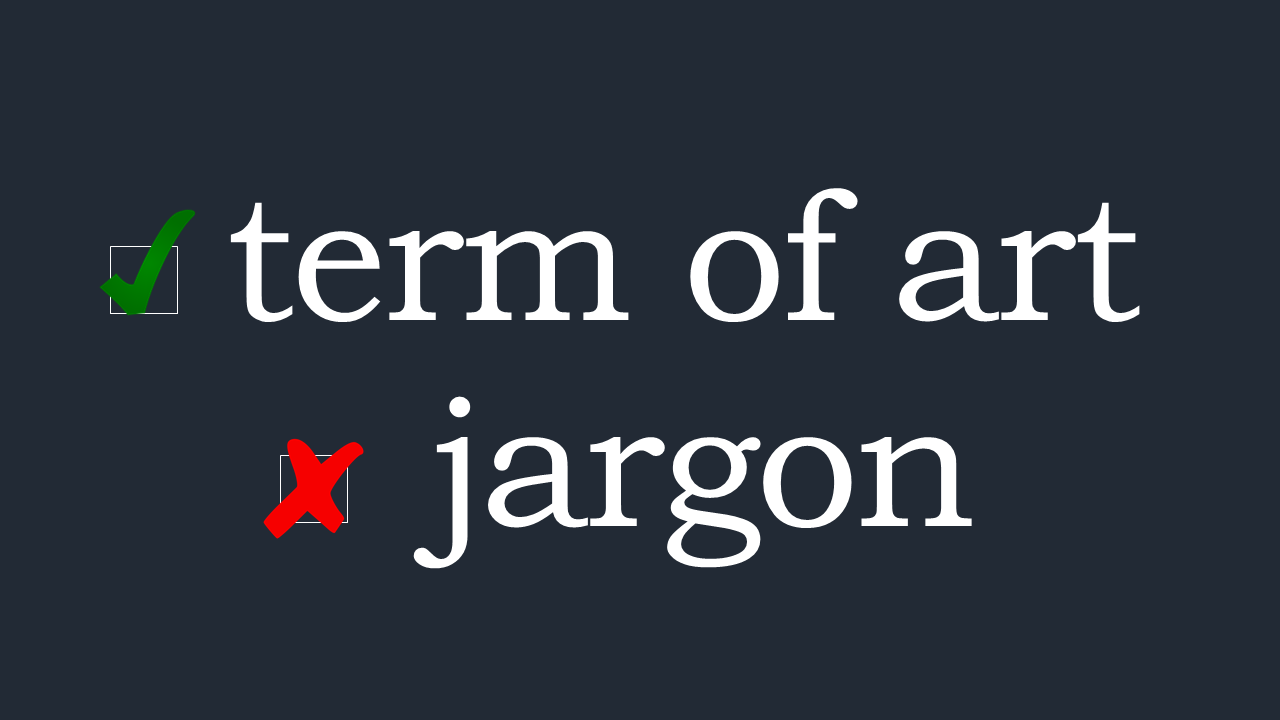Our language choices can create a barrier to understanding, but they can also do something worse. The words we use can disempower, retraumatize, and confuse the people most needing the resources—who are often overlooked by the professionals duty-bound to serve them.
To truly be service-oriented professionals, we must put clear, compassionate communication first. We must go beyond plain language to trauma-sensitive language. Dorna Moini, CEO and Co-founder of Gavel understands these needs and she’s dedicated to providing access to justice through technology that serves the people.
We spoke with Dorna about how plain language impacts access to justice. In this interview, Dorna paints a moving picture of the importance of language and urges us, as officers of the court and protectors of the law, to expand legal information to members of the public. Read on for Dorna’s insights.
What is your role and how is it connected to plain language?
I’m the CEO of Gavel, a no-code platform for building document automation and client-facing legal applications. Our clients are mostly law firms and legal aid organizations that build legal tools for the public.
For example, our clients use Gavel's software to build apps for consumers looking to get a divorce, for estate planning documents generators, and to launch eviction defense tools. Because many of these tools are consumer-facing, plain language is more important than ever.
It’s not just about writing clearly so that the user remains engaged – rather, it goes to the core of the usability of the entire application.
What prompted your interest in plain language?
Before Gavel, my co-founder and I built an application for domestic violence survivors to generate the first documents in their case (learn about “HelpSelf” here). When serving survivors, who are already in a difficult emotional state, we had to ensure that the reading level was appropriate for our average user and that we were providing only the information necessary for the user to complete the legal process. If the page was too cluttered, or if the wording was too complex, users wouldn’t be able to complete the process.
We extensively user tested that platform. By interviewing end-users and watching them go through the platform, we learned a lot about the importance of the words you chose. We learned that we had to write clearly, but also write in language that was appropriate to our user, would elicit the right pieces of information, and would not retraumatize the user.
How does plain language impact access to justice?
Without plain language, you have no access to justice. Too many court forms still include italicized Latin phrases and legalese, and this needs to change. We rely on the law and our courts to regulate society, so at times, complex legal structures are necessary. But rules-based and template-based areas of the law can be simplified.
How can legal tech facilitate using plain language and improving access to justice?
Legal tech impacts everyone who deals with the justice system, and the past year has only accelerated this. We’ve been having more conversations about court reform, uniformity, and virtual legal services. The commoditization of legal services (and I use that term in the most positive way possible) is making the justice system more accessible.
What are some factors that indicate a need to write in plain language?
There’s a saying: “UX is like a joke. If you have to explain it, it’s not good.”
The same is true about plain language. Unless you’re writing for a technical audience, you should be using plain language. But even when you’re writing for a technical audience, it’s important to write as clearly as possible. For example, think of any US Supreme Court opinion. The contents of the opinion may involve complex factual scenarios and multi-factor tests. But when you read these opinions, by some of the best writers of our profession, it’s clear and understandable.
Many professions (i.e., law, medicine, finance) are gatekeepers of important information for the public. What obligations do professionals have to communicate in plain language?
As officers of the court and protectors of the law, we have an obligation to expand legal information to members of the public.
If we can’t provide that to our clients and to consumers of legal services, someone else will. That’s why online legal document generators and companies like LegalZoom are so popular—because historically, the legal profession has not given these users a robust solution to their problem.
But we’re seeing that change, especially within our clientele at Gavel. These are users who are embracing the introduction of technology into the law. They are taking complex legal systems and turning them into seemingly simple decision trees (with lots of logic on the backend). These lawyers will lead our profession forward.
Beyond writing with simpler words and shorter sentences, what else can professionals do to communicate better for the public’s benefit?
Know your audience and write for them. For example, when we built the online tool for domestic violence survivors, it was important to write in plain language. But it was equally important to use language that empowered the user as they took action to solve their problems through the legal system.
What’s one piece of advice that you would offer to help a professional start using plain language?
Use the Flesch-Kincaid readability score. If you’re not familiar with this, the Flesch Reading Ease score analyzes your writing and gives you a score between 1 and 100, with 100 meaning it’s the most readable.
The score looks at the words, sentences, and syllables in a selection of text. You’re encouraged to use shorter sentences, fewer strings of phrases connected by semicolons, and shorter words.
A score between 70-80 means the text is at an 8th grade reading level. For consumers of online legal services, we recommend aiming for a 6th grade reading level.
The score is directly correlated with engagement with your content, too. So, even if you’re just looking to decrease bounce rates on your website, use plain language.
About Dorna Moini
Dorna Moini is the CEO and co-founder of Gavel, a no-code platform for building document automation and client-facing legal apps. Prior to starting Gavel, Dorna was a litigator at Sidley Austin. There, in her pro bono practice, she worked with legal aid organizations to build a web application for domestic violence survivors to complete and file their paperwork, which led to the idea for Gavel.
Dorna is on the Legal Services Corporation Emerging Leaders Council and a member of the Legal Aid Foundation of Los Angeles’s Advisory Board. She was named an ABA Legal Rebel and a Fastcase 50 honoree. She also teaches the Legal Innovations Lab at USC Law School. Connect with Dorna on LinkedIn and Twitter.
Plain Language and Clear Communication Interview Series
This interview is part of a series produced in connection with WordRake’s support for the Access for All: Plain Language is a Civil Right conference. WordRake is editing software for sophisticated writers who must communicate clearly. It improves writing by simplifying and clarifying text, cutting jargon, and recommending plain English replacements. WordRake runs in Microsoft Word and Outlook, and its suggestions appear in the familiar track-changes style. You decide when to run WordRake and which edits to accept, so you get quality and speed without sacrificing control. Editing for clarity and brevity has never been easier. Try WordRake for free for 7 days.






